Powdery Mildew
northspruce
18 years ago
Featured Answer
Sort by:Oldest
Comments (15)
sierra_z2b
18 years agomcav0y
18 years agoRelated Professionals
Beachwood Landscape Architects & Landscape Designers · Folsom Landscape Architects & Landscape Designers · Glendora Landscape Architects & Landscape Designers · Kenmore Landscape Architects & Landscape Designers · Panama City Landscape Architects & Landscape Designers · Surprise Landscape Contractors · Apollo Beach Landscape Contractors · Fort Wayne Landscape Contractors · Pleasant Prairie Landscape Contractors · Tigard Landscape Contractors · Selma Landscape Contractors · Auburn Window Contractors · Dallas Window Contractors · Greenwich Window Contractors · Pedley Window Contractorsnorthspruce
18 years agodentaybow
18 years agoluv2gro
18 years agodentaybow
18 years agonorthspruce
18 years agosierra_z2b
18 years agoluv2gro
18 years agodentaybow
18 years agospartangardener
18 years agobella_trix
18 years agodentaybow
18 years agotim_edenaquaponics_com
12 years ago
Related Stories

GARDENING GUIDESGreat Design Plant: Rosa Banksiae a Low-Maintenance Beauty
This thornless, disease- and insect-resistant rose brings showers of white or yellow flowers to the spring garden
Full Story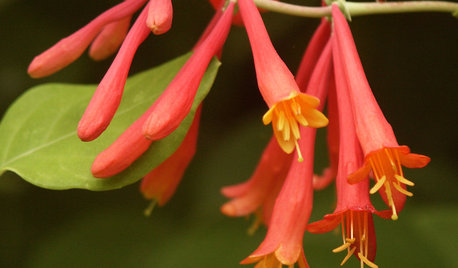
GARDENING GUIDESGreat Design Plant: Lonicera Sempervirens
Grow this long-blooming, flashy flowering vine to cover a fence or arbor and attract hordes of hummingbirds all season long
Full Story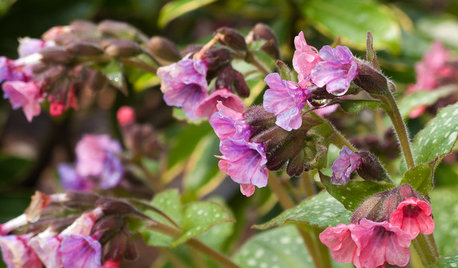
GARDENING FOR BUTTERFLIESGreat Design Plant: Lungwort
Yes, the name is unfortunate. But the flowers and foliage are delightful, and this perennial is easy to grow and shunned by deer
Full Story
SIDE YARD IDEASNarrow Trees for Tight Garden Spaces
Boost interest in a side yard or another space-challenged area with the fragrance and color of these columnar trees
Full Story
WINTER GARDENINGPruning Secrets for Exquisite Roses
Encourage gorgeous blooms year after year with this time-tested advice on how to prune your rosebush in winter for health and shape
Full Story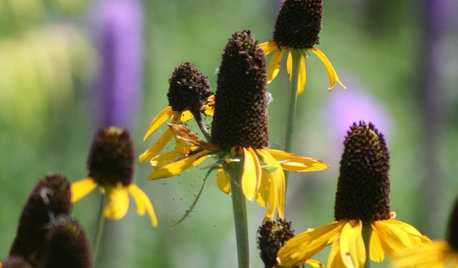
GARDENING FOR BUTTERFLIESGreat Design Plant: Giant Coneflower, a True Exclamation Point
Watch as towering stalks topped by yellow blossoms become a beacon for birds and insects in the midsummer garden
Full Story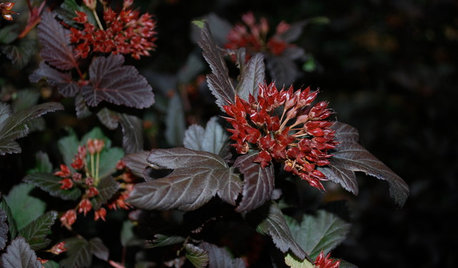
LANDSCAPE DESIGNGreat Design Plant: Sun-Loving Ninebark Puts on a Color Show
This tall, dark and handsome native shrub is equally at home in jeans and boots or in a suit and tie
Full Story
NATIVE PLANTSGreat Design Plant: Wild Bergamot, Friend of Foragers
Nourish butterflies and other winged creatures with the tubular flowers of Monarda fistulosa, a pretty pink native
Full Story
EDIBLE GARDENSSummer Crops: How to Grow Squash
Almost foolproof and with cheerful flowers, squash comes in a wide range of varieties to plant in spring
Full Story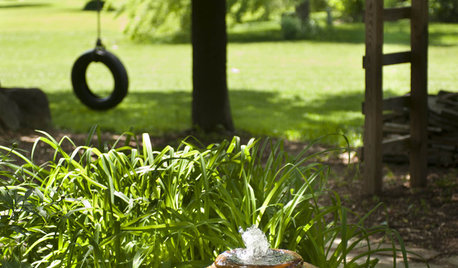
GARDENING AND LANDSCAPINGHow to Give Your Garden More Soul
Feel more at home in your garden by giving it deep, personal meaning
Full Story






RosesRred